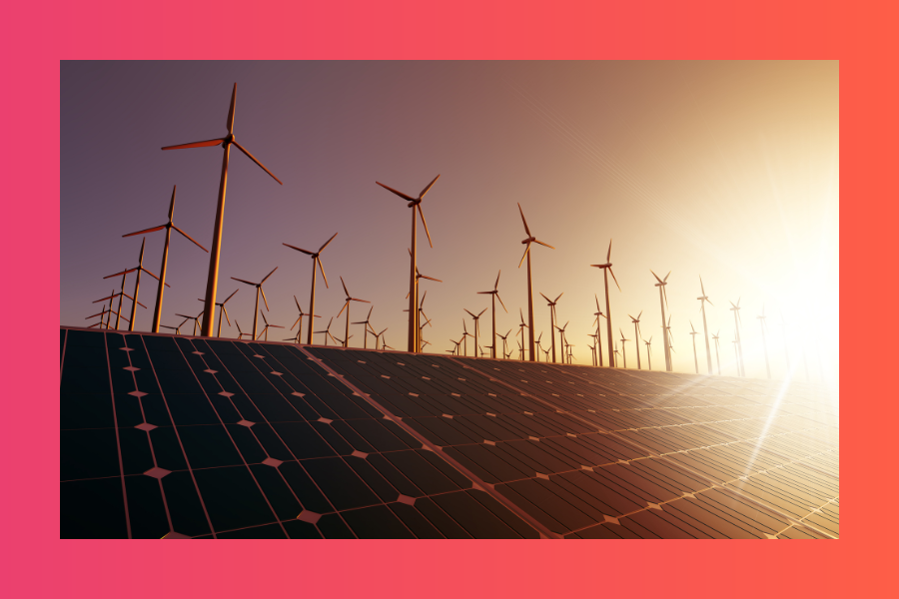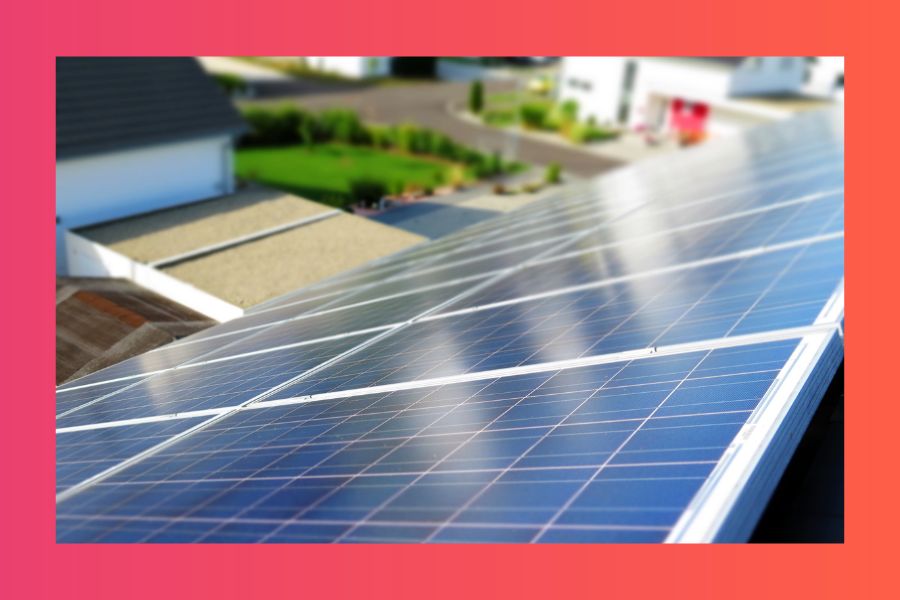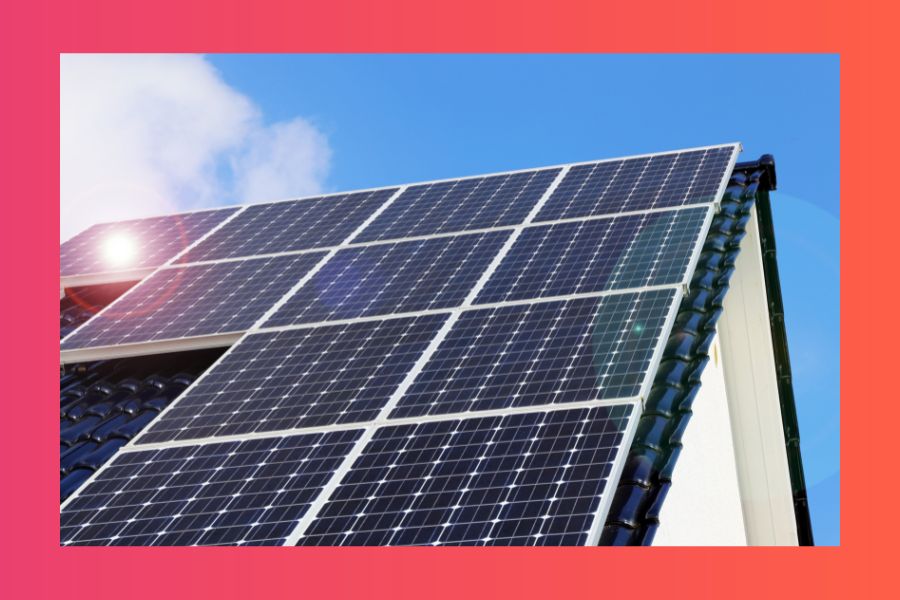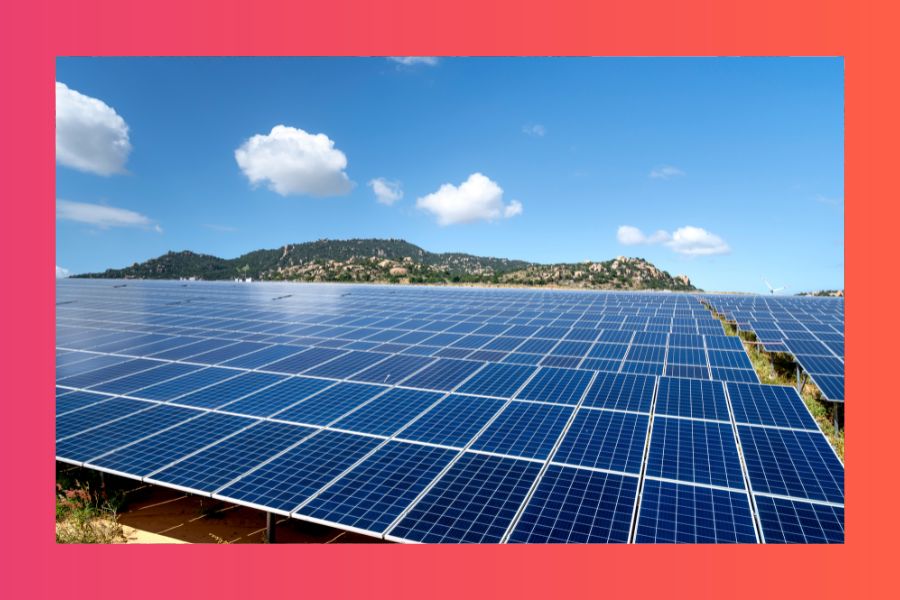What AEMO’s 30 Year Plan Means for Australian Solar Consumers
By any measure 30 years is a long time. For a quick bit of context, 30 years ago Australia had not yet hosted the Sydney Summer Olympics, the...
5 min read
![]() Solar Trust Centre Team
:
Jun 24, 2022 8:00:00 AM
Solar Trust Centre Team
:
Jun 24, 2022 8:00:00 AM

On Wednesday June 15 2022 the Australian Energy Market Operator (AEMO) announced that under the National Electricity Rules (NER) they were suspending the spot market across the National Electricity Market (NEM). This move was unprecedented, and to many Australians would have been a very surprising development, and one that wasn’t previously known to be possible.
There is of course a lot of nuance surrounding AEMO’s decision regarding the NEM under the NER - and there’s unavoidably some jargon involved in discussing this! - but undoubtedly many across the country were left pondering what this decision means exactly? In turn, what outcomes will flow from it going forward? So, for anyone yet to feel they’ve really got a good handle on AEMO’s move and the finer details that surrounds it, let’s unpack this all now.
AEMO is tasked with managing and maintaining electricity and gas systems across the country (though there are some variables surrounding how precisely it does that, as for instance Western Australia operates under some different arrangements in comparison to other states). AEMO also spearheads the future design of the nation’s infrastructure in these areas. The NER are the regulations which apply to the NEM’s operations. The NEM covers all of Australia, with the exception of Western Australia and the Northern Territory, each of which have their own markets.
As AEMO noted in a media release regarding the decision on June 15, “AEMO has taken this step because it has become impossible to continue operating the spot market while ensuring a secure and reliable supply of electricity for consumers in accordance with the NER.” This move is a result of the fact that AEMO has the power to place a price cap on wholesale energy prices if it feels prices are getting out of hand, and to re-establish order in the system.
It did this in the days immediately prior to June 15, and thereafter some power generators which utilise fossil fuel reigned in a huge amount of capacity they had on the market. It’s held this was done by them on the basis that the price was too low to be profitable. But a lack of supply could of course lead to blackouts and other issues, so AEMO’s decision on June 15 mandated that power generators must provide power to the grid, regardless of whether it’d be profitable or otherwise. Central to these series of events is the reality that it’s believed by some - if not many! - that AEMO took this decision as it suspected power generators were ‘gaming’ the system, and that AEMO exercised its powers to smarten them up. In effect, ensuring these power generators would have to make delivering an essential need to the community their first priority, instead of prioritising profits amidst the risk of blackouts.
This move was unprecedented, and accordingly now opens up the possibility of two prospects. First, that AEMO has ‘drawn a line in the sand’, which has resulted in in power generators being chastened, and AEMO will not need to step in again going forward given they’ve sent a very clear message of their readiness to exercise their power if power generators are engaging in questionable behaviour. Second, this move by AEMO will be the first time they did this, but not the last, and it shall be necessary for it to take a more proactive role in the market in coming months and years. If power generators don’t convincingly remove the cloud of suspicion hanging over them from the eyes of AEMO officials, they shouldn’t be surprised to see this happen again.
For Australians who are keen to see Australia go green - and are fed up to bits with the antics of fossil fuel businesses and the outdated thinking of those who would support the ongoing utilisation of harmful 18th century technology amidst a 21st century with the threat of a climate change crisis - there may well be the impulse to cheer the move of AEMO, and welcome more of the same going forward. Yet unfortunately, the reality is that renewable energy operators have been forced to suffer as a result of this too. Reportedly, AEMO has suspended approvals (among other steps) for a number of new wind and solar projects across the country following this decision on the spot market on June 15. This affirms a very unfortunate fact that while renewables are the future of Australia’s energy sector, the longer the transition to green energy takes, the more vulnerable its progress - and thus the journey towards sufficiency and stability of energy supply across the nation for Australians - will be.
The Australian energy sector finds itself in a very challenging situation right now. There are multiple factors which are hindering its operations. Numerous coal plants which provide power have substantial output problems, due to their age and other issues. In turn, while demand for energy has risen with the end of Covid-19 lockdowns as many people return to the office, this hasn’t been met with the same capacity for energy generation given the ongoing problems posed by the pandemic. Furthermore, the war in Ukraine has exacerbated a surge in global demand for energy, and - especially given the sanctions being placed on Russia due to it - many nations are now looking elsewhere to source their energy. Given Australia is a major exporter of energy, this has also contributed to shortages at home. There are now calls for Australia to substantially revise this export arrangement - to help guarantee a local supply is available for a future crisis (at least until the transition to renewables is fully done) - but this can’t be done overnight, and thus help the nation turn the page at present.
It’s necessary to note these present challenges should not be regarded as being totally unforeseen or unavoidable. As we’ve discussed elsewhere, the former Coalition government’s (deliberate) failure to properly invest and plan for a more secure energy sector led by a renewables revolution is a key cause of this current crisis. Yes, there is a new government now running the country, but it’s essentially just around a month old. Even if absolutely perfect policies were implemented today, it’s still going to take years to build new infrastructure and fix problems in the system. This is essential to detail as even now groups with a very small membership, but loud voices are trying to suggest the solution to this current crisis is to increase our coal power. In reality, this sort of thinking has been a key contributor to both past decisions and instances of inaction, which has led the nation into this harrowing period it currently finds itself in.
So, anyone who felt AEMO could play the role of a superhero following the June 15 decision would indeed be mistaken. AEMO can certainly help alleviate pressure, but it can’t deliver permanent solutions to this current crisis of its own accord. When it comes to an enduring fix, policies must be pursued and encouraged that will provide it, and pseudo ‘solutions’ which will only prolong this current era of energy stagnation, called out and critiqued.
As discussed above, the cures surrounding this present energy crisis are not simple, and won’t arrive fast. Nonetheless, for Australians looking for ways to respond to this current chapter at a household level, if yet to consider - and presently in a position to do so - the addition of a solar system to the rooftop, arguably, there has never been a better time to do so. A rooftop solar system can help reduce the cost of electricity bills. What’s more, it can help provide some protection against any growth in electricity expenses in future. This in addition to the many other benefits of rooftop solar power, such as its capacity to serve as the epicentre of a modern smart home, and also in its ability to make a small, but significant contribution to the creation of a cleaner and greener Australia.

By any measure 30 years is a long time. For a quick bit of context, 30 years ago Australia had not yet hosted the Sydney Summer Olympics, the...

Many Australian households are fortunate to be able to acquire solar power as soon as they want it. Whether they look to utilise existing savings or...

2022 has been a momentous year in the Australian solar sector. By many measures, it has been another 12 months of great progress for renewable energy...